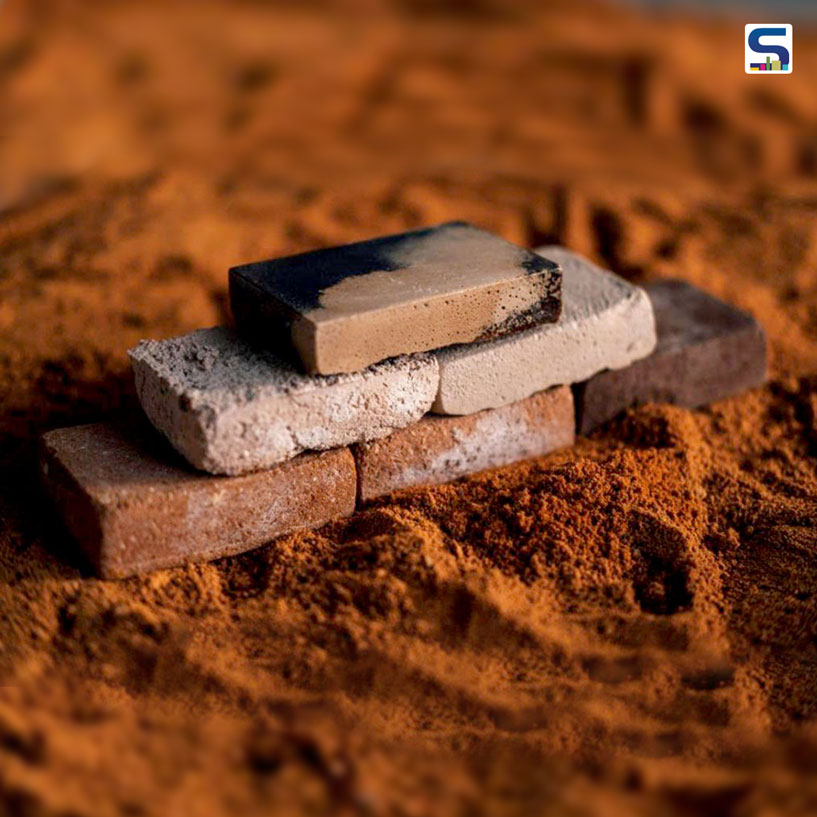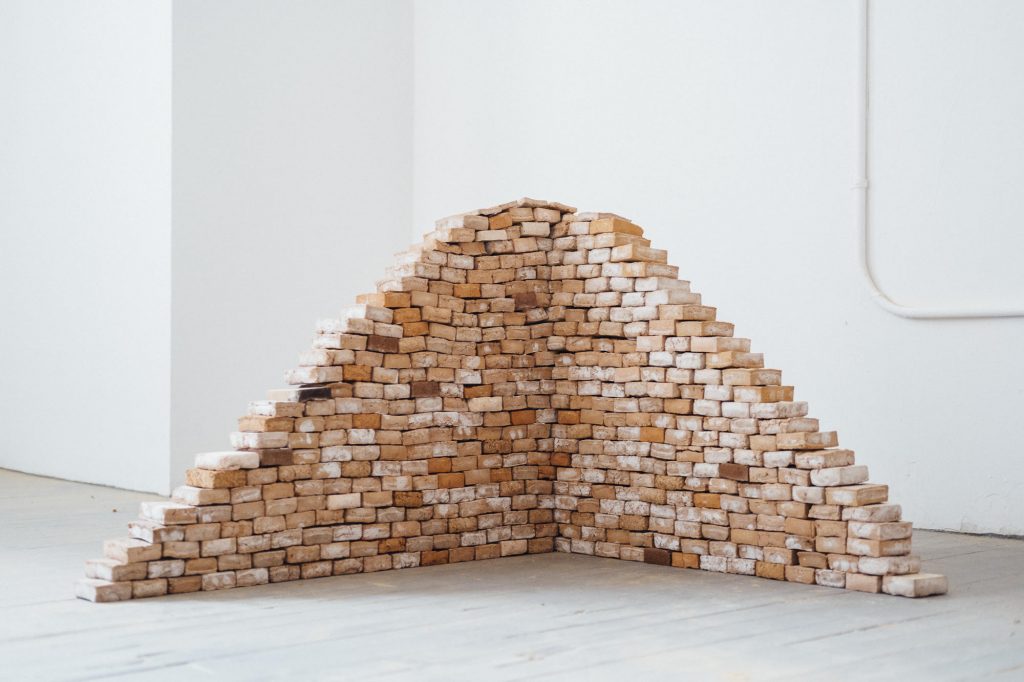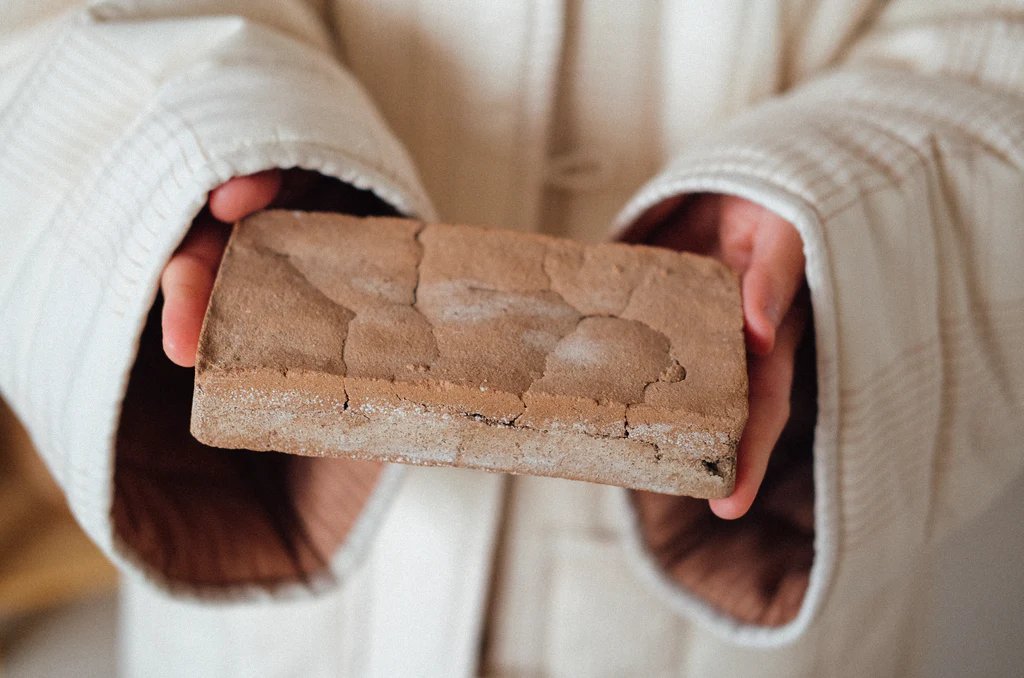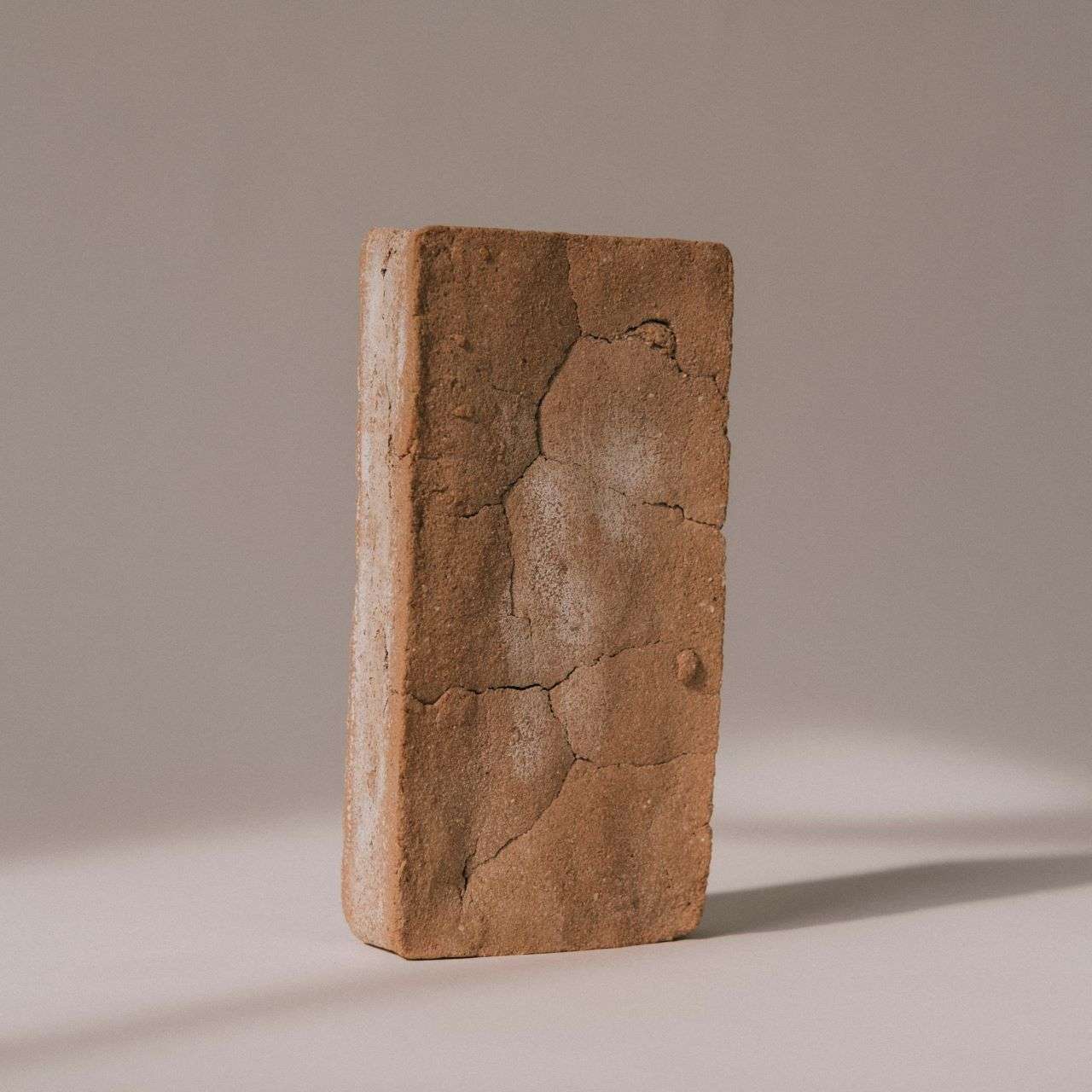
Maria-Elena Pombo, a Venezuelan designer, founded Fragmentario, an experimental research studio based in New York. The studio’s primary focus is to explore innovative design approaches and material studies to develop sustainable and environmentally-friendly solutions. Fragmentario recently showcased its Avocado Seed Brick project at Salone del Mobile 2023. Know more about it on SURFACES REPORTER (SR).

Image credit: GriffinMoore
Pombo’s personal project, Fragmentario, began while she was working as a fashion designer. Initially a small project, it grew in scope and became her full-time focus. Fragmentario is a sustainable, self-sufficient project that reimagines human beings’ relationship with time. Inspired by the Slow Food Movement, Pombo wanted to find a way to extend the idea to other areas, starting with textiles and dyeing plants. This led to her experimentation with avocado seeds as a dye, and eventually to her use of them as a construction material.

Image credit: Seek Collective
Pombo’s research in material studies involves a unique approach that utilizes discarded avocado seeds. She collects the seeds from local restaurant workers and repurposes them into a versatile material with several applications, minimizing waste and offering an alternative to more harmful materials.
The avocado seeds undergo a transformation process, turning into a natural dye that can be used to colour fabric. According to Pombo, the seeds have additional applications, including bricks, plastic, leather, glass, electricity, fuel for vehicles and more. These various applications showcase the potential of utilizing natural resources innovatively to address environmental challenges.

Image credit: Future Materials Bank
One of the most remarkable applications of Pombo’s research is the development of bricks made from avocado seeds and a binder made from Sargassum algae. This approach not only utilizes waste materials but also provides an eco-friendly alternative to traditional bricks, which have a significant impact on the environment.